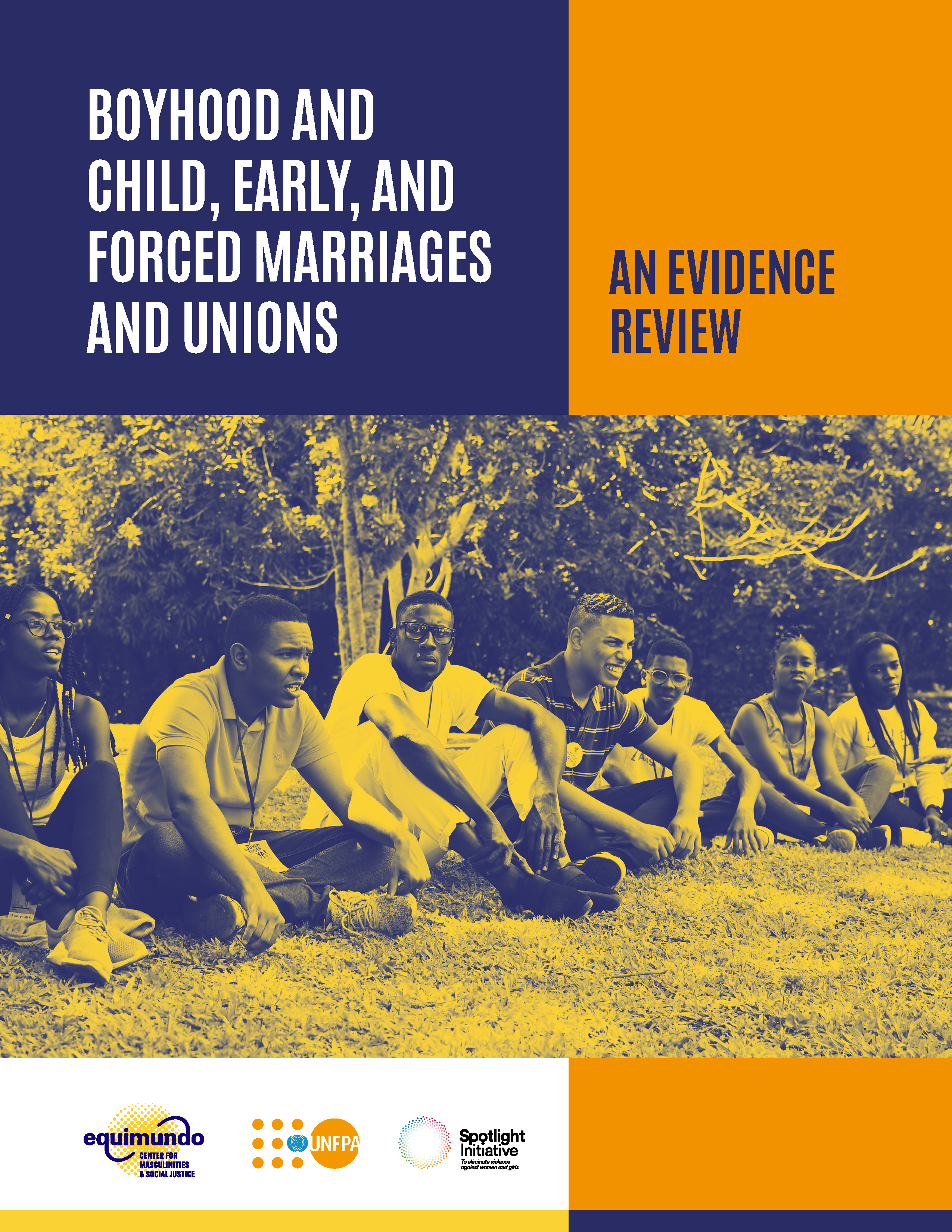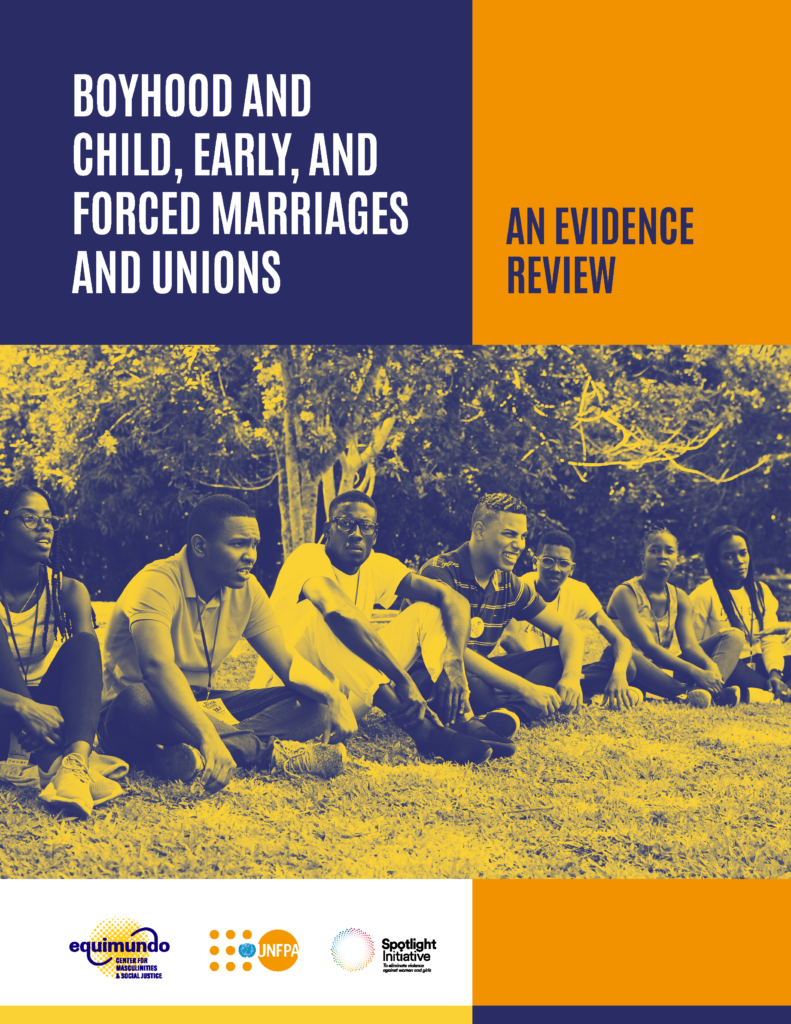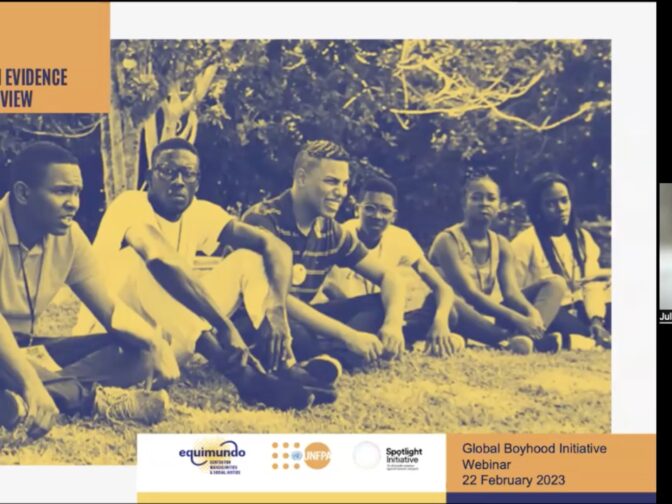The purpose of this paper, Boyhood and Child, Early, and Forced Marriages and Unions: An Evidence Review, is to lay out the case for including boys in efforts to promote gender equality and prevent child marriage. It also presents a review of existing interventions, analyzing strengths and gaps, to provide guidance for practitioners who intend to work at the intersection of boyhood programming and child marriage prevention and response.
While child marriage predominantly affects adolescent girls, solid evidence has shown that working only with girls is not enough to end the practice. Many boys and young men too face pressures to marry early, or to marry girls who are children, and play a key role in embodying and reproducing harmful gender norms that drive child marriage. Yet boys and men are scarcely mentioned in the literature on child marriage, even in connection with unintended pregnancy.
The paper makes a clear case for including boys in efforts to promote gender equality and prevent child marriage, and it presents concrete guidance on best practices, including reference to existing tools and case studies. Relevant topics include how to discuss sensitive subjects such as sexuality and sexual and reproductive health and rights (SRHR), including sexual orientation and gender identity (SOGI), as well as concrete guidance on implementing gender-transformative programming on child marriage. Examples of the latter point include, for instance, discussing when it is best to hold sex-segregated group discussions versus mixed-sex group discussions, what gender synchronous programming looks like in the context of programs responding to child marriage, how long implementation should last to achieve sustainable impact, and what profile facilitators should have for the program to be effective.
Resources
English
Boyhood and Child, Early and Forced Marriages and Unions: An Evidence Review
PDF Preview

